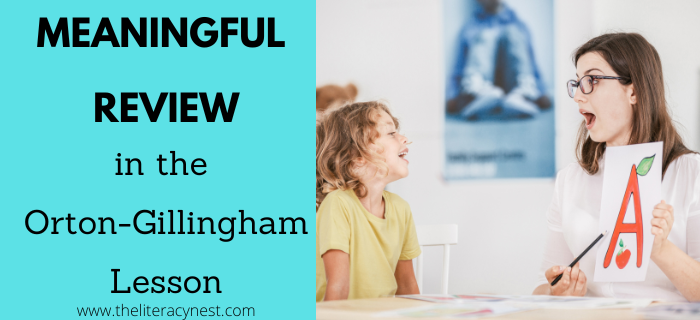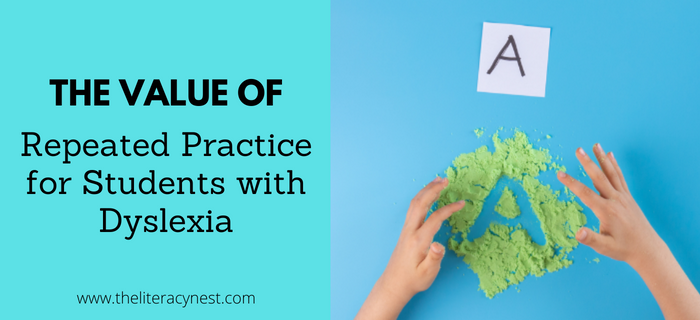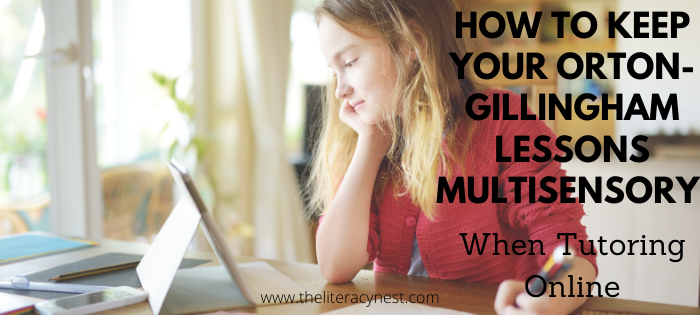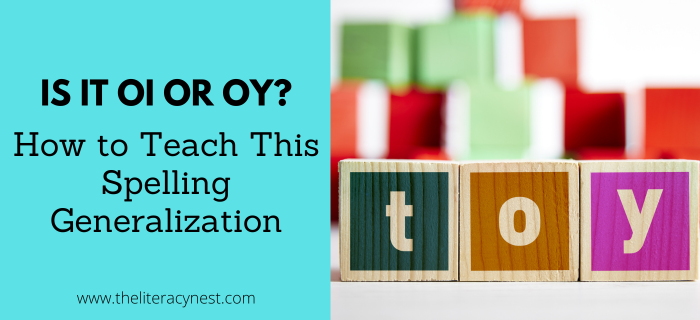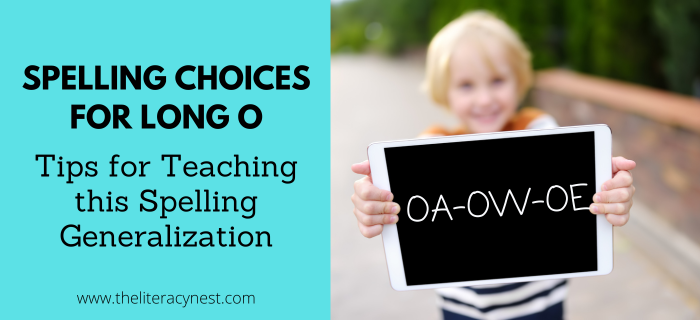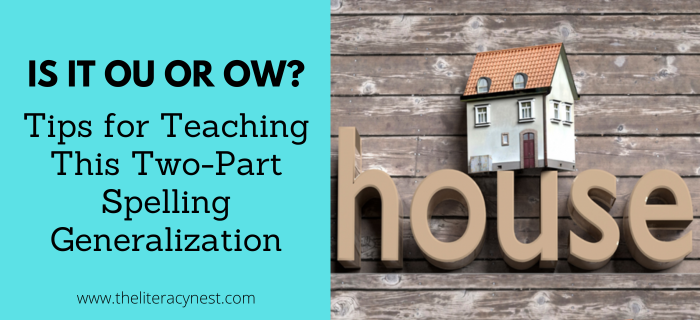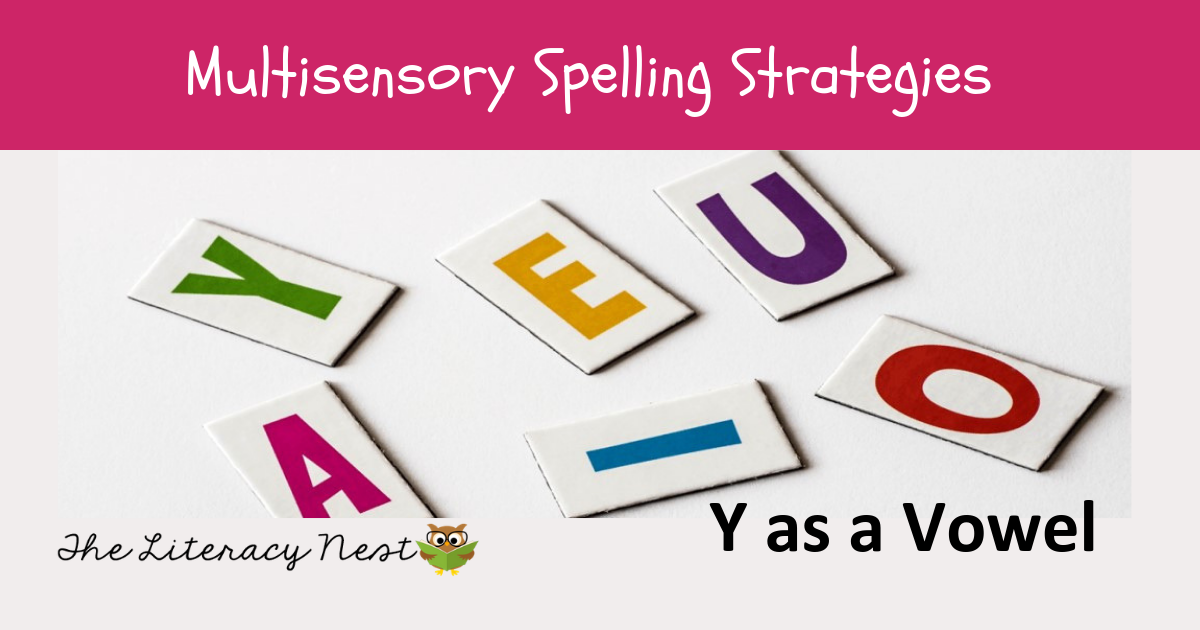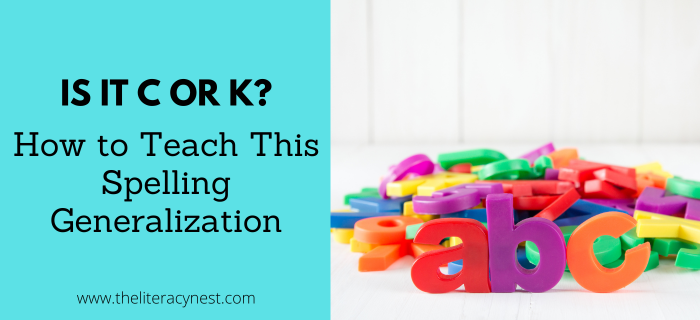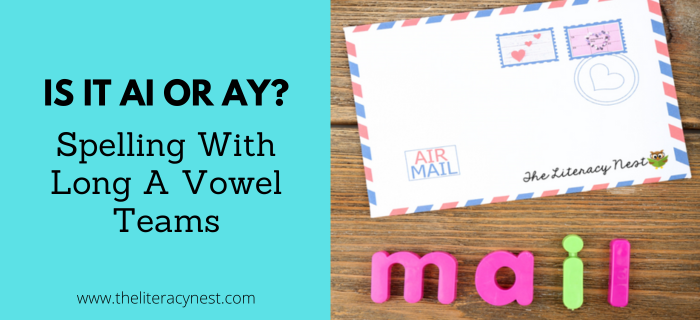Meaningful Review in Orton-Gillingham Lessons
The very best practitioners make decisions for individual students regarding pacing, repetition, mastery, and review. Your students need meaningful time to review what you have previously taught based on their individual needs. Let me help you plan a meaningful and effective review in Orton-Gillingham lessons. If you are using an Orton Gillingham-based program, you can…

